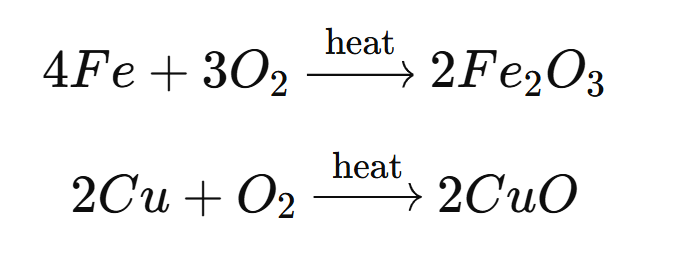Ionic compounds are good conductors of electricity under the following specific conditions:
- When Dissolved in Water (Aqueous Solution):
- Reason: Ionic compounds dissociate into free ions when dissolved in water. These free-moving ions can carry electrical current through the solution.
- Example: Sodium chloride (NaCl) dissolves in water to form Na⁺ and Cl⁻ ions, which can conduct electricity.
- When Melted (Molten State):
- Reason: In the molten state, ionic compounds break down into free-moving ions. These ions can move freely and conduct electricity.
- Example: Sodium chloride (NaCl) melts to form Na⁺ and Cl⁻ ions, which can conduct electricity.
Difference Between Good Conductors and Bad Conductors of electricity
| Property | Good Conductors | Bad Conductors (Insulators) |
| Definition | Materials that allow electricity to flow through them easily. | Materials that do not allow electricity to flow through them easily. |
| Electrical Conductivity | High electrical conductivity. | Low electrical conductivity. |
| Examples | Metals such as copper, aluminum, and silver. | Non-metals like rubber, glass, and plastic. |
| Free Charge Carriers | Have free electrons or ions that move easily. | Few or no free electrons or ions available to move. |
| Heat Conductivity | Also good conductors of heat. | Poor conductors of heat. |
| Use in Wiring | Commonly used in electrical wiring and components due to their efficiency. | Used as insulators to prevent unwanted flow of electricity and to protect users. |
| Physical Properties | Usually shiny and metallic. | Typically non-metallic and can be dull or transparent. |
| Example Reactions | Copper: Cu→Cu2++2e− (in electrolysis) | Rubber: Does not participate in electron transfer. |

